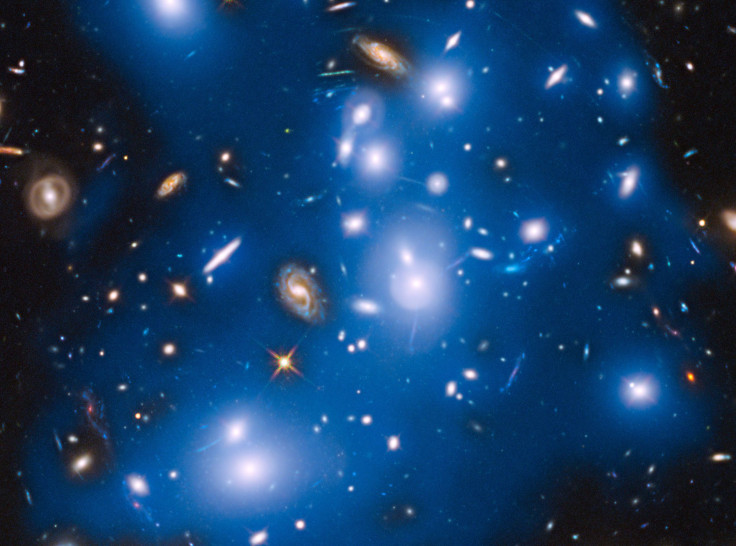NASA’s Hubble Telescope Spots ‘Ghost Light’ From Dead Galaxies

NASA’s Hubble Space Telescope has detected a faint light, described as the “ghostly glow of stars” that were ejected from ancient galaxies, which themselves are believed to have been ripped apart by gravitational forces billions of years ago. The light is believed to emerge from inside a collection of about 500 galaxies known as Abell 2744, about four billion light-years away.
According to astronomers, the stars in this group of galaxies -- named “Pandora’s Cluster” -- are scattered and their light has helped scientists gather evidence, suggesting that as many as six galaxies were torn to pieces inside the cluster over a period of six billion years. Astronomers expect the new findings to help them better understand the evolution of galaxy clusters.
“The results are in good agreement with what has been predicted to happen inside massive galaxy clusters,” Mireia Montes of The Instituto de Astrofísica de Canarias (IAC), Santa Cruz de Tenerife, Spain, and the lead author of the study published in the Astrophysical Journal earlier this month, said in a statement.
The astronomers estimate that the combined light of about 200 billion outcast stars contributes about 10 percent of the cluster’s brightness. According to data provided by Hubble, these stars have significant amounts of heavier elements, such as oxygen, carbon and nitrogen. The gravity in galaxy clusters deflects light passing through them, magnifying, brightening and distorting light in a phenomenon called “gravitational lensing,” which is used by astronomers to blow up the images of remote galaxies.
According to NASA, Abell 2744 is a target in the Frontier Fields program, a three-year-long mission that combines Hubble and NASA’s other observatories to study massive galaxy clusters for answers to the universe.
© Copyright IBTimes 2024. All rights reserved.






















